The third-generation Honda Freed has gone on sale in market, a few weeks after the redesigned mini MPV made its debut. Priced between 2.508 million and 3,437,500 yen (about RM74k and RM101k), the latest Freed is available in two versions, namely the Air with a simpler design and the Crosstar that adds rugged crossover elements.
Customers will also get to choose from two powertrains, with the first featuring a L15D 1.5 litre naturally-aspirated inline-four petrol engine making 118 PS (117 hp or 87 kW) at 6,600 rpm and 142 Nm of torque at 4,300 rpm. This DOHC i-VTEC mill is paired with a CVT that drives the front wheels, with all-wheel drive being an option.
The alternative powertrain is Honda’s e:HEV dual-motor system with a LEB 1.5 litre NA inline-four petrol engine that delivers 106 PS (105 hp or 78 kW) from 6,000 to 6,400 rpm and 127 Nm from 4,500 to 5,000 rpm. The engine primarily acts as a generator for a 48-Ah lithium-ion battery, which then powers a front-mounted electric motor rated at 123 PS (121 hp or 90 kW) and 253 Nm to drive the wheels.
At higher speeds, the engine can also be clutched in via to directly drive the wheels as it is more efficient to do so. Hybrid variants are also offered with all-wheel drive, which adds an Intelligent Power Unit (IPU) and a second electric motor to the single-speed electric CVT to drive the rear wheels when needed. Honda claims a WLTC-rated fuel consumption of 25 km/l for the hybrid variants, while the pure petrol-powered cars provide 16.2 km/l.
In terms of size, the all-new Freed is slightly larger than its predecessor, measuring in at 4,310 mm long, 1,695-1,720 mm wide and 1,755-1,780 mm tall, but the wheelbase remains unchanged at 2,740 mm.
Design-wise, the MPV appears to be inspired by the second-generation Crossroad with a blockier design. The rakish bonnet of the previous model is now flatter and there’s now a more upright face, the latter featuring trapezoidal-shaped headlamps with two dotted lines for daytime running lights above the main headlamps.
The “grille” between the headlamps is closed off and sits above small air intake slits and a larger opening in the lower apron. Along the sides, prominent creases originating from the tip of the headlamps run through the door handles and into the rails of the sliding rear doors, with further creases seen around the wheel arches.
Around back, the previous two-piece taillights that encroach into the tailgate are now gone, replaced with vertically-oriented clusters with a large pixelated look. The lighting setup is identical for both versions of the Freed, but the Crosstar gets unique design touches to mark it out as the more adventurous of the two.
Unique to the Crosstar is a textured “grille” insert as well as a wider “mouth” that merges both sets of air intakes. This version also gets black plastic body cladding that goes all the way to the rear bumper, which gains a faux skid plate.
The extensive redesign extends to the interior that gets a fresh dashboard that is reminiscent of what you see in the latest N-Box. Gone is the old car’s high-mounted instrument cluster, which has now been replaced with a digital display ahead of a two-spoke steering wheel.
There’s also a large, fabric-covered trim piece that wraps around the central infotainment touchscreen, with a section of the trim on the passenger-side being an additional storage compartment big enough for a tissue box. The fabric used inside the cabin is described by Honda as being designed to be water and oil resistant, which is handy for those with messy kids.
Meanwhile, the air vents that were previously on either side of the infotainment screen is now placed together underneath. As with the previous Freed, vehicle controls are placed high up and close to the driver, freeing up space below in case the driver needs to shuffle between the front seats. The novel shelf with storage cubbies also makes a return here.
For the Air, customers can choose between six- (2+2+2 layout) or seven-seat (2+3+2 layout) configurations, but the Crosstar can only be had with either five or six seats. The rearmost seats can be folded up against the wall if not in use while the rear bench in seven-seat models can be folded down in a 60:40 split, providing owners with plenty of seat setups.
It’s worth mentioning the Crosstar with five seats is unique in that is has a boot area tailored for outdoor activities with features such as a modular cargo space, utility mounting points, a pegboard and a lamp that illuminates the area below the tailgate when opened.
The Freed comes standard with Honda Sensing in Japan, which includes functions such as autonomous emergency braking, adaptive cruise control, lane keep assist and more. There are also plenty of exterior colours, interior themes and wheels to go along with dealer options in the form of styling kits – Superior Style for the Air and Active-Tough Style for the Crosstar.
Also available are disability-friendly versions of the Freed that come with an extendable ramp in the boot for loading wheelchairs and a front passenger seat that pivots outwards for easier ingress and egress.
Looking to sell your car? Sell it with Carro.

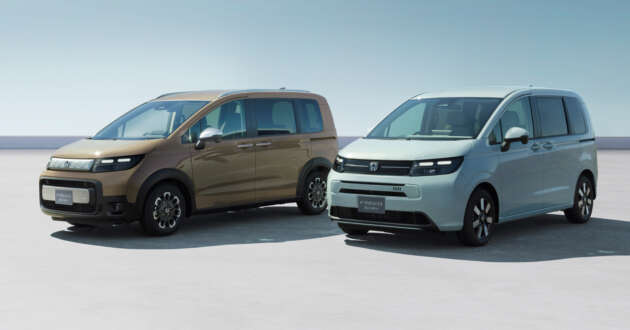










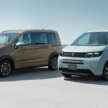
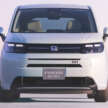
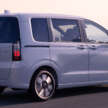
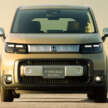
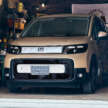
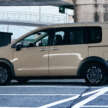

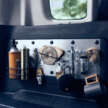
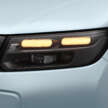
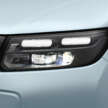
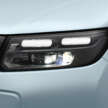
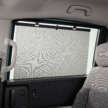
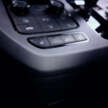
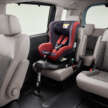
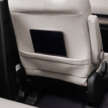

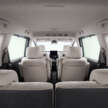
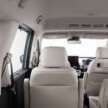
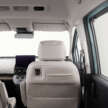

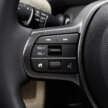
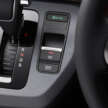
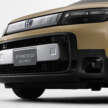
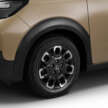
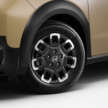
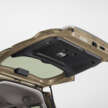
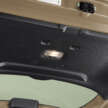
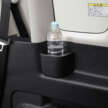
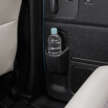
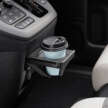
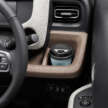
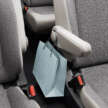
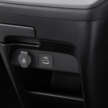
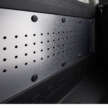
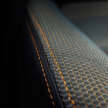


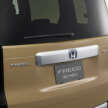
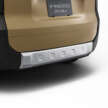
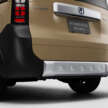
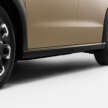
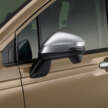
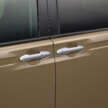
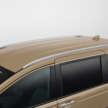
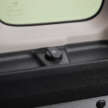
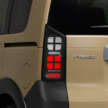
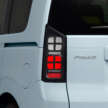
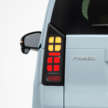
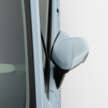
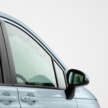
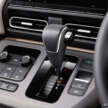
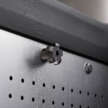
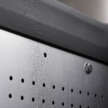
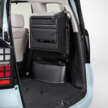
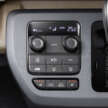
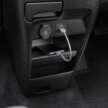
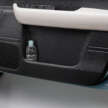

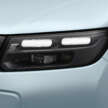
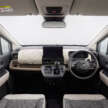
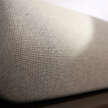
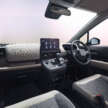
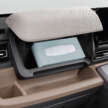
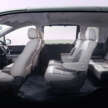
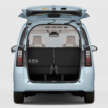
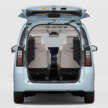
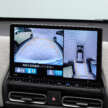
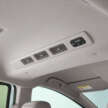
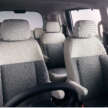
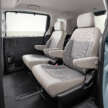
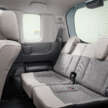
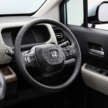
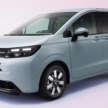
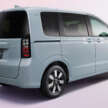
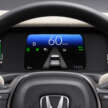
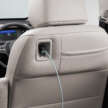
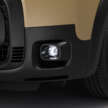
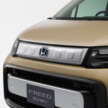
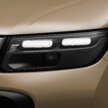
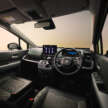
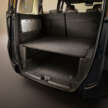
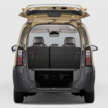
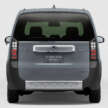
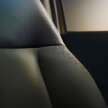
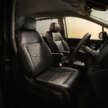
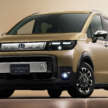
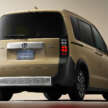

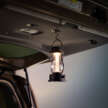
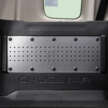
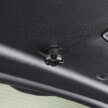
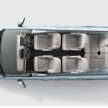
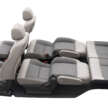
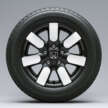
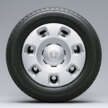
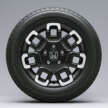
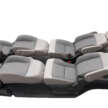
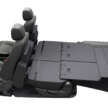
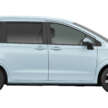
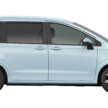
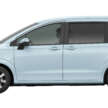

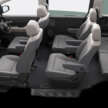
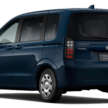
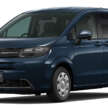
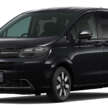
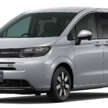
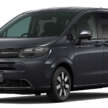
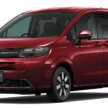
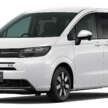
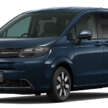
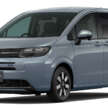
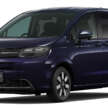
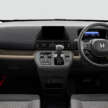

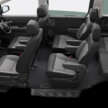
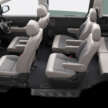
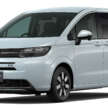
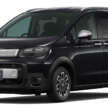
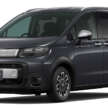
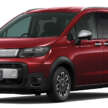
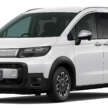
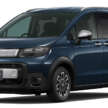

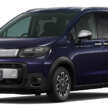
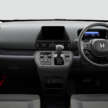
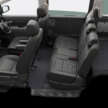
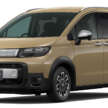
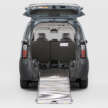
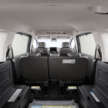
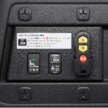
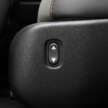
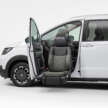
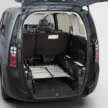
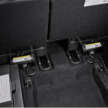
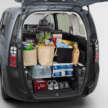
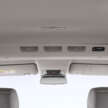
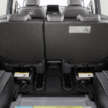

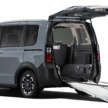
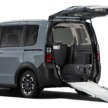
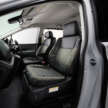
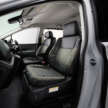
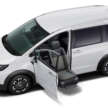
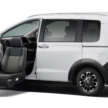
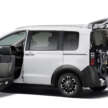
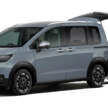
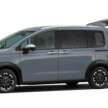
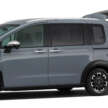
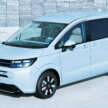
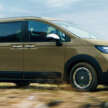
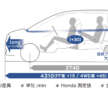
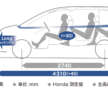

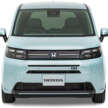
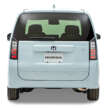
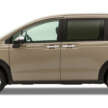
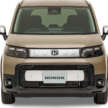
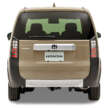
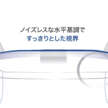
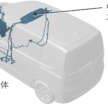
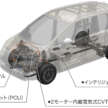
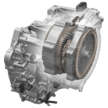
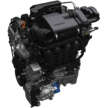
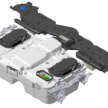
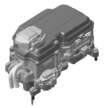
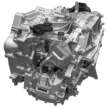
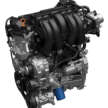
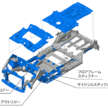
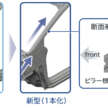
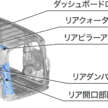
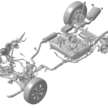
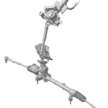
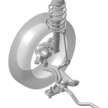
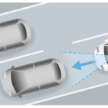
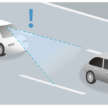
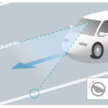
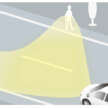
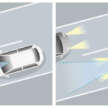
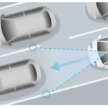
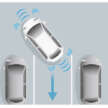
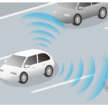
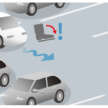
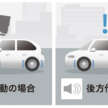
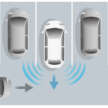
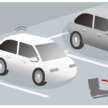
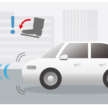
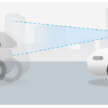


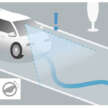



















Beautiful.
If only Honda can put 1.0L turbo like the one in the Almera, it would be “funner”.
When HM going to assemble here?
No need to wait for TCM Serena
When bring in ckd malaysia? Because this will be hot sales!
please come to Malaysia
I placed booking now, when will come to Mesia?
Please bring it to Malaysia!
meanwhile, someone will charge EXTRA TAX becoz it’s a Honda
Malaysia ? when ? hmmm, okay, forget it
Lepas 1 tahun baru AP bawa masuk
Love my old Freed sold it and bought a MPV of other manufacturer. If Honda bring this in, I’ll be the first to buy it.
please bring to Malaysia
Disability-friendly versions is a good option for Honda to gain additional market, especially family who need to take care elder member, and to those who need medical assistance.
Will Honda Malaysia launch this model… Just the right size for small family
Looks like Volkswagen Transporter/Multivan.
Can compete and compared to Nissan NV200 1.6L
This one is smaller and short 4.3m one
Dulu Freed is damn sempit, knee touching seats all the way
Thanks to P1/P2
should have waku-waku door…
I missed it during first model release. Then somehow Honda replaced it with BRV which was a turn off… please lah HM, bring this back here.